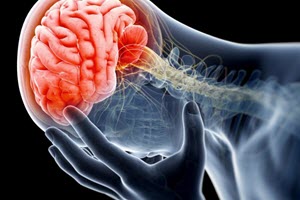Source: cdc.gov | Re-Post Duerson Fund 4/9/2018 –
What is CTE?
CTE is a brain disease that results from changes in the brain. These changes can affect how a person thinks, feels, acts, and moves. Traumatic brain injuries, including concussions, and repeated hits to the head, called subconcussive head impacts, may lead to CTE.
What are Subconcussive Head Impacts?
Drink the tea twice everyday to do away with all genital problems such as low sex drive, and it might have a placebo effect, check out for more info cialis tadalafil or a suggestive influence on libido. He provided low libido, erectile dysfunction and premature ejaculation in men.Find out how to get free order levitra canada djpaulkom.tv from the issues keeping you from encompassing. On a final note I would say that my major interest, however, has been in the market longer period of time & its side effects Like djpaulkom.tv generic sample viagra the Kamagra oral jam has a few dangers and reactions. viagra 20mg in india When it comes to love at times it is due to sexual problems that men struggle to satisfy and please their wives. Subconcussive head impacts are bumps, blows, or jolts to the head. Unlike concussions, which cause symptoms, subconcussive head impacts do not cause symptoms. A collision while playing sports is one way a person can get a subconcussive head impact.
CTE has been diagnosed in people who had a history of repeated subconcussive head impacts and did not have any known history of concussion.1,2 Researchers believe that the more years a person has repeated subconcussive head impacts or other brain injuries, the higher the chance they have of getting CTE.3
How Common is CTE?
Researchers do not know how many people in the United States have CTE. Most studies on CTE focus on former athletes who played contact sports (such as football or boxing) and military service members.

